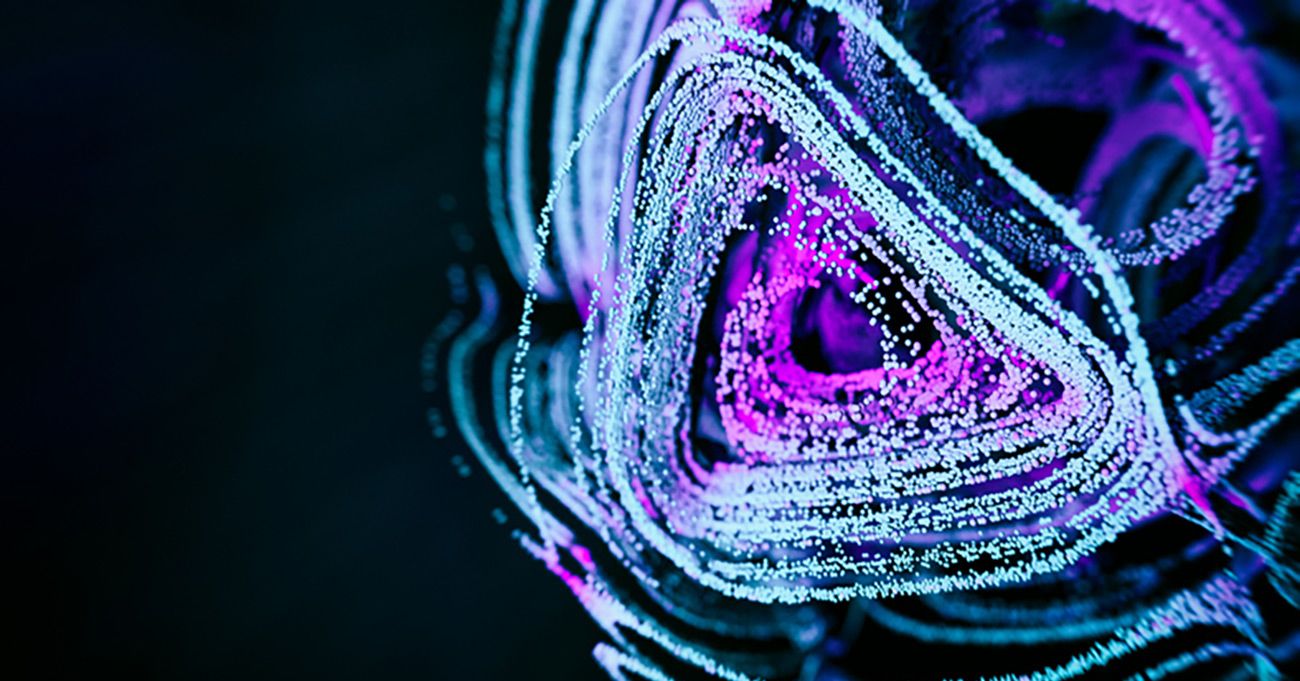
Live virtual event
Feb 22, 2024 | 2–3 PM PT
60 minutes
Materials Science
Energy
Diversity
Inorganic Chemistry
Abstract
Superlattice structures are a powerful means of tailoring physical and chemical properties of materials. The modification of electronic structures at electrode–electrolyte interfaces is fundamental to efficient electrochemical energy conversion processes, and the intercalation of magnetic ions between van der Waals layers tunes the correlated electronic phenomena in these quantum materials, enabling the encoding of information for ultra-fast, ultralow-power, and non-volatile storage and retrieval. This talk will describe how azimuthal misalignment of atomically thin layers produces moiré superlattices that manifest a strong twist angle dependence of heterogeneous electrochemical kinetics in the case of twisted bilayer and twisted trilayer graphene electrodes with the greatest enhancement observed near the ‘magic angles’.
These effects are driven by the angle-dependent engineering of moiré superlattice flat bands that dictate the electron transfer processes with the solution-phase redox couple. In addition, the talk will discuss how transition metal dichalcogenides intercalated with open-shell transition metals represent a family of materials allowing fine control over the chemical and electronic structure of a magnetic material to tailor the interplay between magnetic exchange, and magnetocrystalline anisotropy to bring about exotic magnetic orders in two-dimensional materials or bulk crystals. The design and manipulation of superlattice structures is therefore shown to serve as a versatile platform for systematically interrogating and exploiting the dependence of physical and chemical phenomena on electronic structure.
Research Focus: Charge transport and interfacial charge transfer in two-dimensional materials and heterostructures.
About the Speaker Professor Daniel Kwabena Bediako, Assistant Professor, University of California at Berkeley
This virtual seminar is organized by the Southern California Local Section of ACS in connection with the Black History Celebration month in February, 2024. The focus of the seminar is on energy generation
His Research Interest
Inorganic Materials Chemistry, Electrochemistry, Low-Dimensional Materials, Quantum Transport, Optoelectronics
Research efforts in the Bediako Group involve the mesoscopic investigation of interfacial charge transfer and charge transport in two-dimensional (2D) materials and heterostructures. We emphasize the design of materials with modular interfaces that can be controlled at atomically precise length scales to study and overcome contemporary challenges in electrochemical energy conversion and quantum electronics.
Our group synthesizes and isolates atomically thin inorganic crystals, deterministically assembles these 2D layers into novel multicomponent materials, and quantitatively interrogates the discrete architectures as constituents of electrochemical and electronic devices. To achieve our goals, we leverage solid-state and solution-phase methodologies, as well as chemical and electrochemical deposition techniques for materials synthesis. We use state-of-the-art micromanipulation and nanofabrication tools for the preparation of mesoscopic structures, and employ a range of optical spectroscopy, scanning-electrochemical, electron microscopy, and low-temperature quantum magneto transport probes to measure the (electro)chemical and physical properties at individual devices.
Currently open research projects include mechanism-guided electrocatalyst discovery for fuel-forming and fuel-consuming reactions in electrolyzers and fuel cells; ion insertion and transport reactions of two-dimensional heterointerfaces for energy storage and to create novel quantum materials; and the electro-chemical control of light–matter interactions and topological phases in 2D semiconductors and semimetals.
Keep learning. Excel in your career.
Choose from more than 200 courses in seven different categories, taught by experts in the chemistry community, online and in person.
